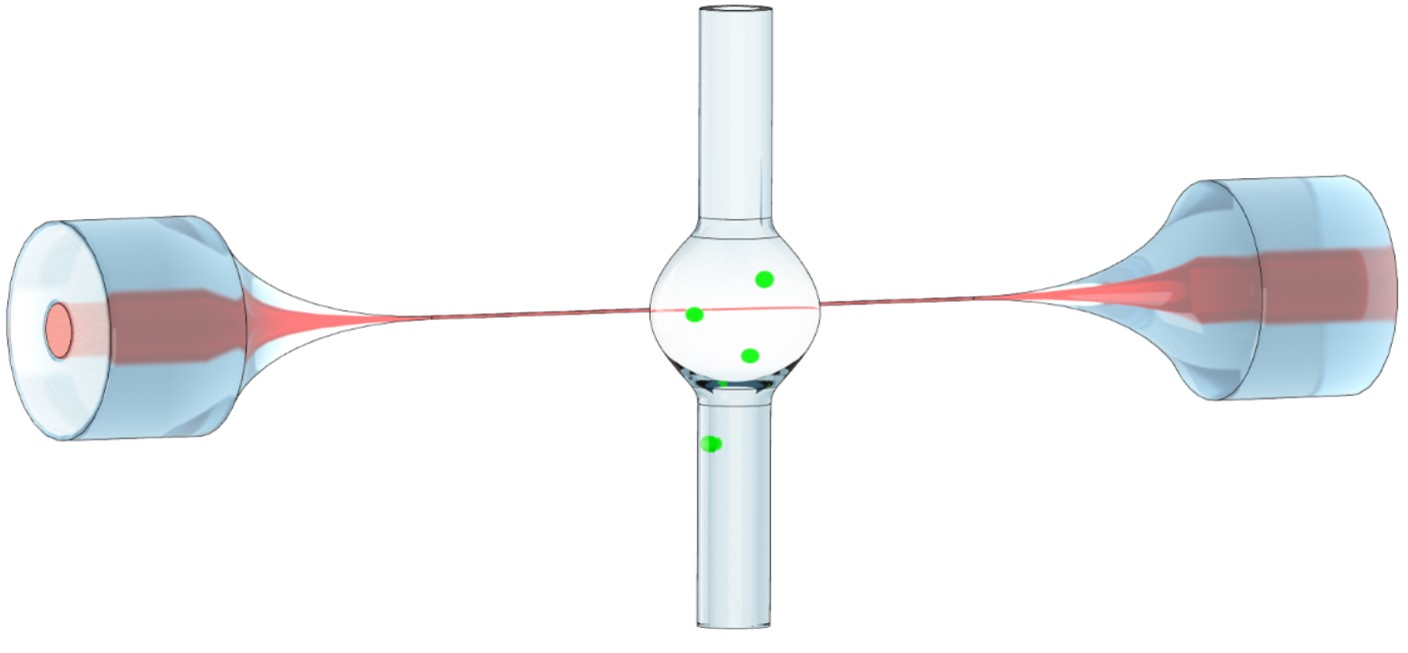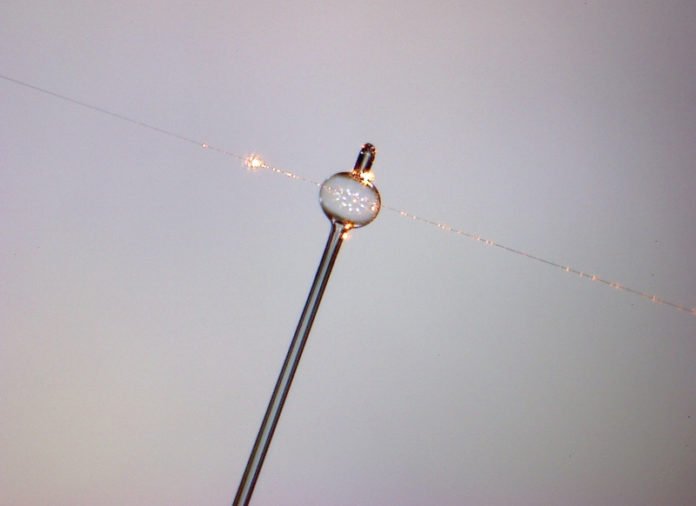Scientists at the Okinawa Institute of Science and Technology Graduate University (OIST) have developed a technology that enlightens some of the smallest particles to detect their presence. And the wonder is, the technology is made from tiny glass bubbles that have its roots in a particular physical phenomenon known as the “whispering gallery”.
Whispers made at one side of the roundabout gallery could be heard clearly on the contrary side. It happens in light of the fact that sound waves travel along the dividers of the arch to the opposite side, and this impact can be imitated by light in a modest glass circle only a tiny bit wide called a Whispering Gallery Resonator (WGR).
At the point when the light is sparkled into the circle, it bobs around and around the internal surface, making an optical carousel. Photons ricocheting along the inside of the minor circle can wind up going for long distances, sometimes to the extent 100 meters.
Be that as it may, each time a photon bounces off the sphere’s surface, a little measure of light escapes. This releasing light makes a kind of emanation around the circle, known as an evanescent light field. At the point when nanoparticles come extremely close to this handle, they twist its wavelength, adequately changing its color.

Checking these color changes enables researchers to utilize the WGRs as a sensor. But, at OIST’s Light-Matter Interactions Unit, researchers saw they could enhance past work and make considerably more sensitive designs. The examination is distributed in Optica.
Dr. Jonathan Ward said, “We heated a small glass tube with a laser and had air blown down it – it’s a lot like traditional glass blowing”. Blowing the air down the heated glass tube creates a spherical chamber that can support the sensitive light field. The most noticeable difference between a blown glass ornament and these precision instruments is the scale: the glass bubbles can be as small as 100 microns– a fraction of a millimeter in width. Their size makes them fragile to handle, but also malleable.”
Working from theoretical models, Dr. Ward showed that they could increase the size of the light field by using a thin spherical shell (a bubble, in other words) instead of a solid sphere. A bigger field would increase the range in which particles can be detected, increasing the efficacy of the sensor.
Scientists then filled their technology with a liquid solution containing small particles of polystyrene, and light was sparkled along a glass fiber to create a light field in its liquid interior. As particles go within range of the light field, they created perceptible moves in the wavelength that was substantially more articulated than those seen with a standard circular WGR.
With a more effective tool now at their disposal, the next challenge for the team is to find applications for it. Learning what changes different materials make to the light field would allow Dr. Ward to identify and target them, and even control their activity.
Despite their fragility, these new versions of WGRs are easy to manufacture and can be safely transported in custom-made cases. That means these sensors could be used in a wide verity of fields, such as testing for toxic molecules in water to detect pollution, or detecting blood borne viruses in extremely rural areas where healthcare may be limited.
For Dr. Ward, however, there’s always room from improvement: “We’re always pushing to get even more sensitivity and find the smallest particle this sensor can detect. We want to push our detection to the physical limits.”
